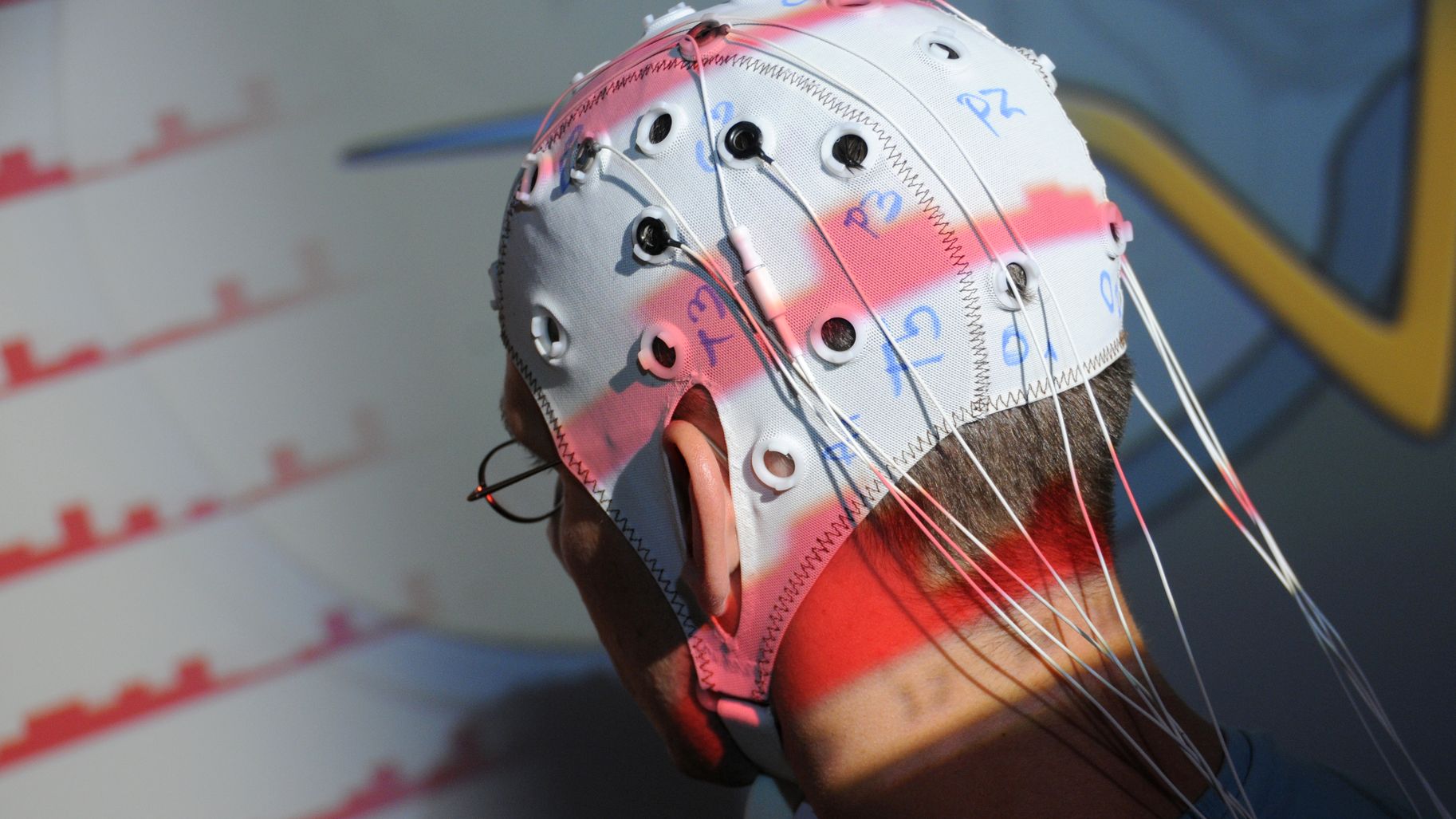Building a Consortium Around OpenViBE
Date:
Changed on 14/01/2020

Open Vibe can be used to design signal processing and classification pipelines to process the electrical signal resulting from brain activity. In future, brain activity classification may allow users to control various applications, such as wheelchairs or video games, with their thoughts only. Downloaded over 3,000 times, this tool has become a stapple not just in the academia but also in the emerging BCI industry. “It probably ranks in the top two or in the top three at worldwide level,” sums up Lead Engineer Jussi T. Lindgren . The reason for this popularity? “It has a modular design with lots of pre-made components and a Graphical User Interface for assembling these components into pipelines without having to write any code, which is really a unique feature. So if you are a psychologist or a student for instance, you can grab modules, connect them, build your own chain and start playing around right away. In a nutshell, OpenViBE makes it easier and faster. ”
The tool not being a research prototype anymore, Inria now wishes to associate the community of users to its management and maintenance. This initiative is part of InriaSoft, a wider program meant to build a set of consortia around some of Inria's most prominent pieces of software. Placed under the aegis of a non-profit organization called Inria Foundation, the plan aims at financing a team of engineers tasked with the software maintenance and evolution. In the case of OpenViBE, the goal is to fund one full-time expert engineer and reach an overall budget of €85,000 per year.
“What we are doing at the moment is promoting the idea of such a consortium within the community, points out InriaSoft Technical Director David Margery . But we are still at an early stage of this process. We have launched the idea. We have drafted an initial proposal of what we think could work. And we are now in the process of collecting feedback. Now, depending on this feedback, we will say: yes, we can identify key players that are able to agree on how a consortium would work, or no, there is just no interest for such a project. We might also end up having two different types of potential stakeholders who are interested but express so different needs that they cannot be brought together in a consortium. ”
One of the key question regards medical certification. “The core code base has been redeveloped under plans whereby it can be used in a medical device and meet certification requirements. If all the stakeholders in the consortium are interested in having a piece of software that can be certified, then we will continue to develop under certification rules. Otherwise, we will drop it and OpenViBE will fork. ” Indeed, in any event, a certified version will continue existing as Mensia Technologies , a spin off of Inria, is building neurofeedback services based on this medically certifiable core.
Besides neuroscience laboratories, the entities likely to join are the EEG device manufacturers. “Being compatible with a widely used software obviously increases the reach of their technology, Lindgren remarks. There has been a mushrooming of new players in the field. Many of them are small companies, but some are more established, having been around for longer. And they need a reliable demo platform that they can trust. ” In this context, the consortium's engineer could spend a part of his time on development assistance, building device drivers and plugins for instance.
Beyond current users, OpenViBE could also be of interest to people who already have their in-house solution. “The field is not mature yet, Margery observes. Therefore many labs have started developing their own code, which they use for their research. But they are having difficulties in maintaining this software. The students who initially contributed to the code are gone, so on and so forth. ” As Lindgren explains, “people are having mixed feelings. Somehow, they would like to keep their solution. Yet, at the same time, they are very unhappy with it because their code is just not maintainable in the long term. So they are going for a lot of difficulty holding up with their own solutions. ” Hence the idea of switching to OpenViBE.
“We believe that some will be willing to drop their own in-house developments and join something bigger and more reliable, ” Margery says. “But for a lab, moving to a tool maintained by another researcher is always a difficult decision to make.” Why? “Because you never know when maintenance is going to stop. You have no visibility at all on how long this other lab will keep working on it. Therefore, building a consortium is one solution for providing such visibility and liability. As stakeholders, the joining labs will get to understand where the software is going. They will get to influence the roadmap. They will be able to say: Ok, now I can bet the farm on using OpenViBE for my research. The software is not going to disappear. ”